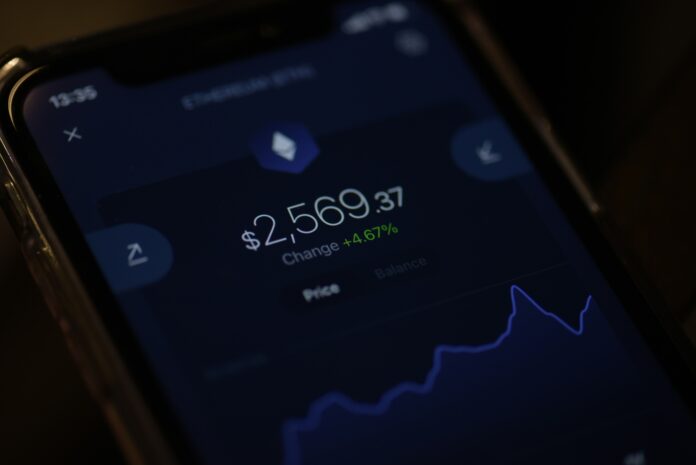Crypto market making has become a critical component of the cryptocurrency ecosystem. As digital currencies gain traction, the role of crypto market makers becomes increasingly vital in ensuring liquidity and stability. This guide delves into the intricacies of crypto market-making, offering insights into its significance, strategies, and future potential. Whether you’re a novice investor or an experienced trader, understanding market-making in crypto is essential for handling the volatile crypto market effectively.
What is Crypto Market Making?
Crypto market making involves creating a market for a specific cryptocurrency by continuously quoting buy and sell prices. This process helps to maintain liquidity, ensuring that traders can buy or sell assets without causing significant price swings. A crypto market making company typically employs sophisticated algorithms and trading bots to execute these trades efficiently. By providing constant liquidity, market makers play a crucial role in stabilizing crypto prices and reducing volatility.
Market Makers and Liquidity Provision
Market makers in crypto are entities or individuals that facilitate trading by providing liquidity. They achieve this by placing buy and sell orders at various price levels, thereby creating a more liquid market. This liquidity provision is essential for several reasons:
- Narrow spreads – reducing the difference between bid and ask prices, making trading more cost-effective for participants.
- Stability – mitigating extreme price movements, which is especially important in the highly volatile crypto market.
- Accessibility – ensuring that there are always buyers and sellers for a particular cryptocurrency, making the market more attractive to traders.
Market makers function on cryptocurrency exchanges by persistently placing and modifying buy and sell orders. Here’s a detailed breakdown of how market makers work:
- Order placement. Market makers set limit orders to buy at slightly lower prices and sell at slightly higher prices than the current market rate. This practice establishes the bid-ask spread.
- Order adjustment. To remain competitive and profitable, market makers continually adjust their orders in response to market conditions. This involves utilizing advanced algorithms to monitor price movements and modify bid and ask prices accordingly.
- Inventory management. Market makers must carefully manage their cryptocurrency inventory to avoid excessive market risk exposure. This is achieved by balancing the volume of buy and sell orders and adjusting their positions based on market activity.
- Arbitrage opportunities. Market makers frequently capitalize on arbitrage opportunities by leveraging price discrepancies across different exchanges. By purchasing low on one exchange and selling high on another, they can make profits while providing liquidity.
- High-frequency trading (HFT). Many market makers implement the HFT crypto market maker strategy to execute a large number of trades in a brief period. This enables them to swiftly react to market changes and maintain narrow spreads.
- Automated trading bots. The deployment of trading bots is widespread among market makers. These bots are programmed to execute trades based on predefined criteria, ensuring that the market maker can operate around the clock without human intervention.
- Risk management. Effective risk management is essential for market makers. They employ various tools and strategies to reduce risks, such as setting stop-loss orders and diversifying their trading portfolios.
Potential and Future of Crypto Market Making
The potential of cryptocurrency market making is immense, given the rapid growth and increasing adoption of digital currencies. As more institutional investors enter the market, the demand for sophisticated market making strategies will rise.
Artificial Intelligence (AI) can significantly improve the capabilities of crypto market makers by enabling them to analyze vast amounts of data in real time. AI algorithms can detect patterns and trends that are not immediately apparent to human traders, allowing market makers to make more informed decisions. For instance, AI can help predict price movements by analyzing historical data and current market conditions, providing market makers with insights that can be used to place more effective buy and sell orders.
Machine learning (ML) can further refine market-making strategies by continuously learning from new data. ML models can adapt to changing market conditions, improving their predictive accuracy over time. This adaptability is crucial in the volatile cryptocurrency market, where conditions can shift rapidly. ML can optimize trading algorithms by identifying the most effective strategies under different market scenarios, leading to better inventory management and risk mitigation.
Moreover, AI and ML can enhance the automation of market-making operations. By deploying advanced trading bots powered by these technologies, market makers can execute trades with higher precision and speed. This reduces the latency in order execution, ensuring that market makers can capitalize on fleeting arbitrage opportunities and maintain tight spreads.
Conclusion
Market making is a fundamental aspect of the cryptocurrency ecosystem. By providing liquidity, reducing volatility, and stabilizing crypto prices, market makers facilitate a more efficient and reliable trading environment. Understanding and leveraging crypto market makers’ strategies can provide traders and investors with a competitive edge in the dynamic world of digital currencies.







